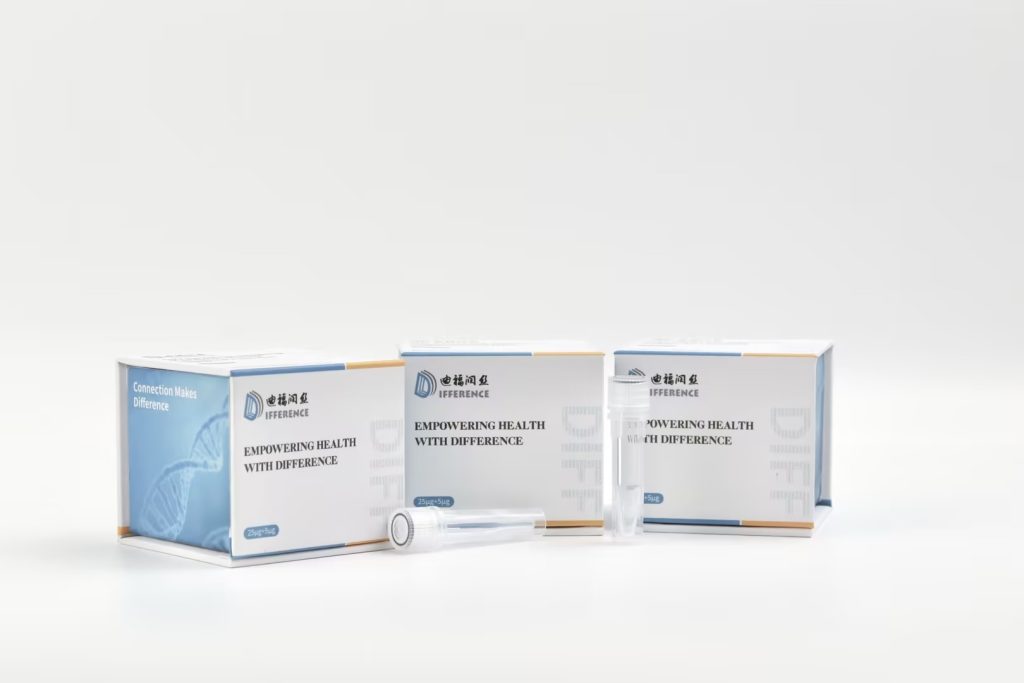The 5 key factors for antiviral drug screening include:
1. Clarity of target virus and target
Understanding virus characteristics: Gain a deep understanding of the biological characteristics, replication cycle, and key pathogenic mechanisms of the target virus, and identify the virus targets that drugs need to target.
Target validation: Verify the effectiveness and pharmacological properties of the target through experiments to ensure the correct direction of drug development.
2. Diversity and quality of compound libraries
Diversity: The compound library should include a rich variety of chemical structure types to increase the chances of discovering new antiviral drugs.
Quality: Ensure high purity and clear structure of compounds in the compound library, and avoid impurities interfering with the screening results.
3. Establishment and optimization of screening models
Cell model: Establish a stable and reliable virus infected cell model for evaluating the antiviral activity of compounds.
High throughput screening platform: Utilizing high-throughput screening technology to quickly and accurately screen candidate drugs with antiviral activity from a large number of compounds.
Model validation: Verify the screening model to ensure that it can truly reflect the antiviral effect of the drug.
4. Rationality of screening strategy
Multidimensional screening: Evaluate the antiviral effect of compounds from multiple perspectives, such as inhibiting virus replication, blocking virus entry into cells, etc.
Step by step screening: Using initial screening, re screening, fine screening and other steps to gradually narrow down the range of candidate drugs and improve screening efficiency.
5. Subsequent verification and security assessment
In vitro and in vivo validation: Candidate drugs screened at the cellular level need to be further validated in animal models or humans to evaluate their antiviral efficacy and safety in vivo.
Safety assessment: Conduct toxicity tests, genetic toxicity tests, and other safety assessments on candidate drugs to ensure their clinical safety.
In addition, during the screening process of antiviral drugs, attention should also be paid to factors such as the metabolic stability, pharmacokinetic properties, and interactions with other drugs to ensure that the screened drugs have good clinical application prospects. Meanwhile, with the continuous development of science and technology, new screening techniques and methods continue to emerge, providing more possibilities for antiviral drug screening.
Share on:
Facebook
Twitter
Pinterest
WhatsApp
Recent posts
We recommend


